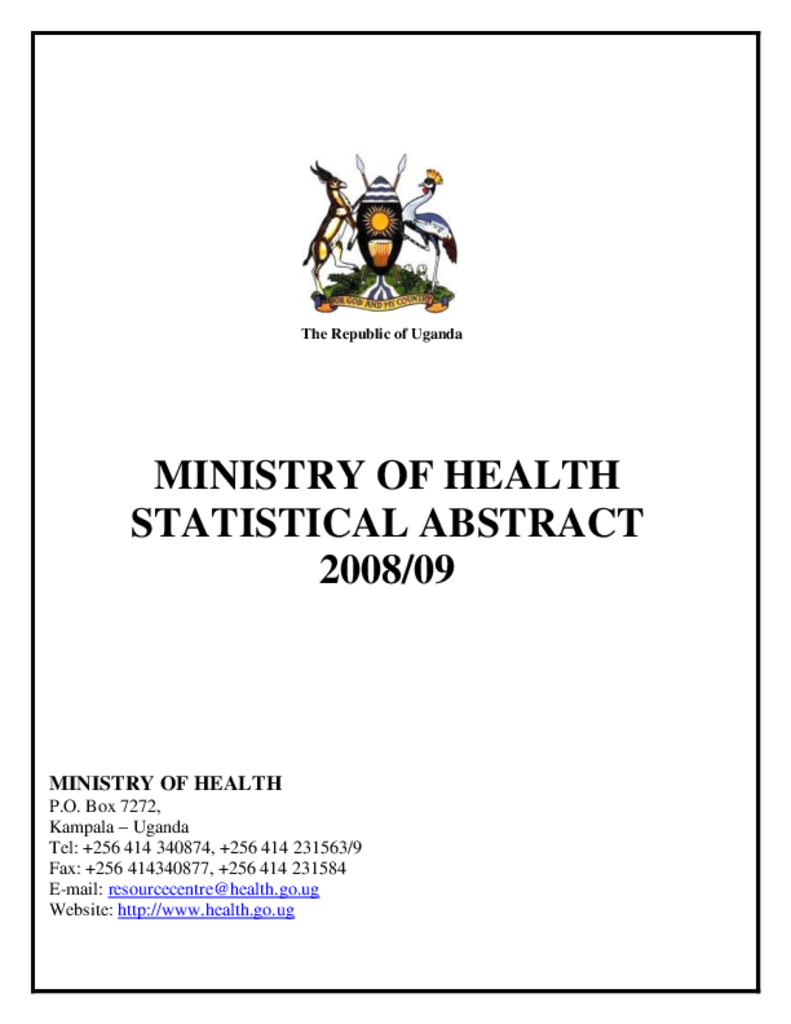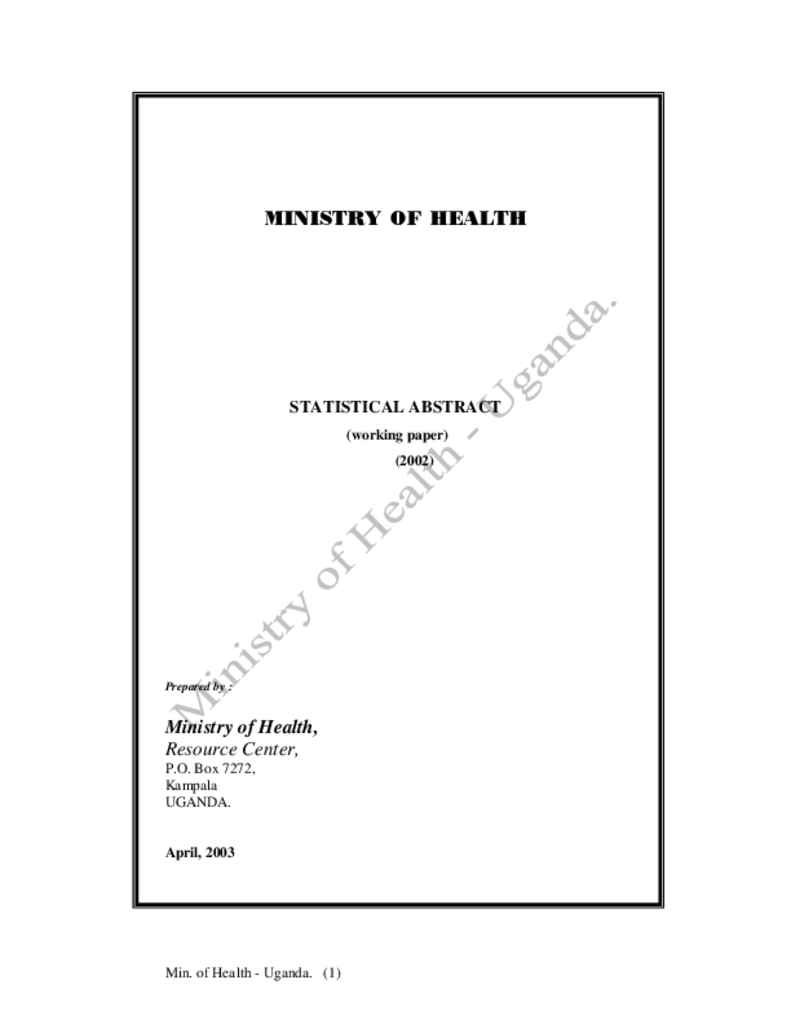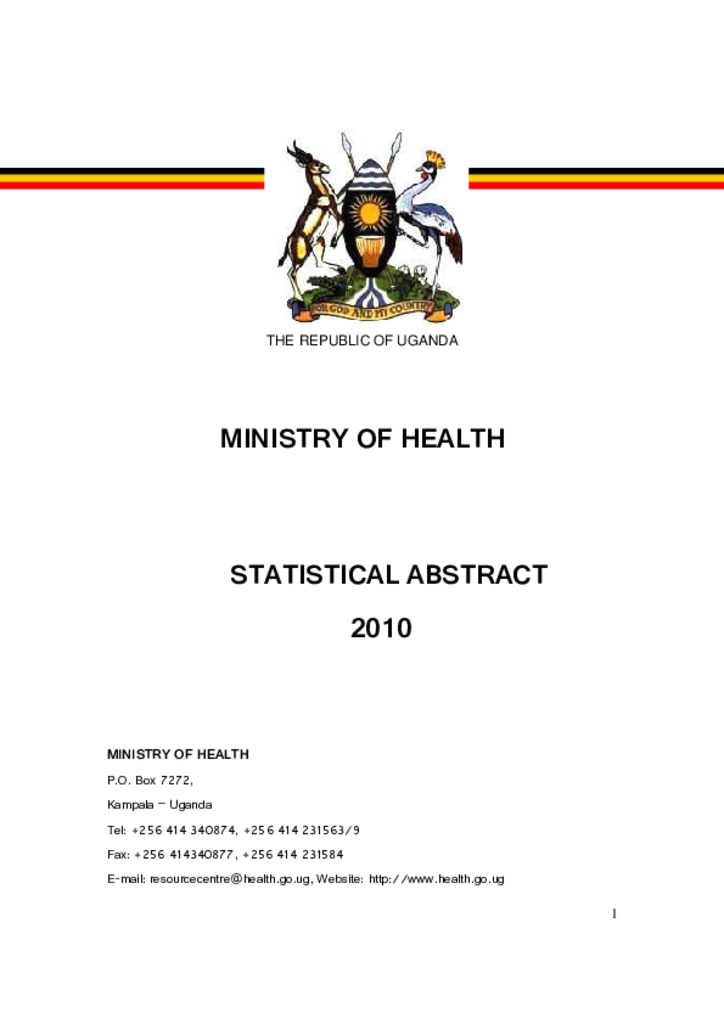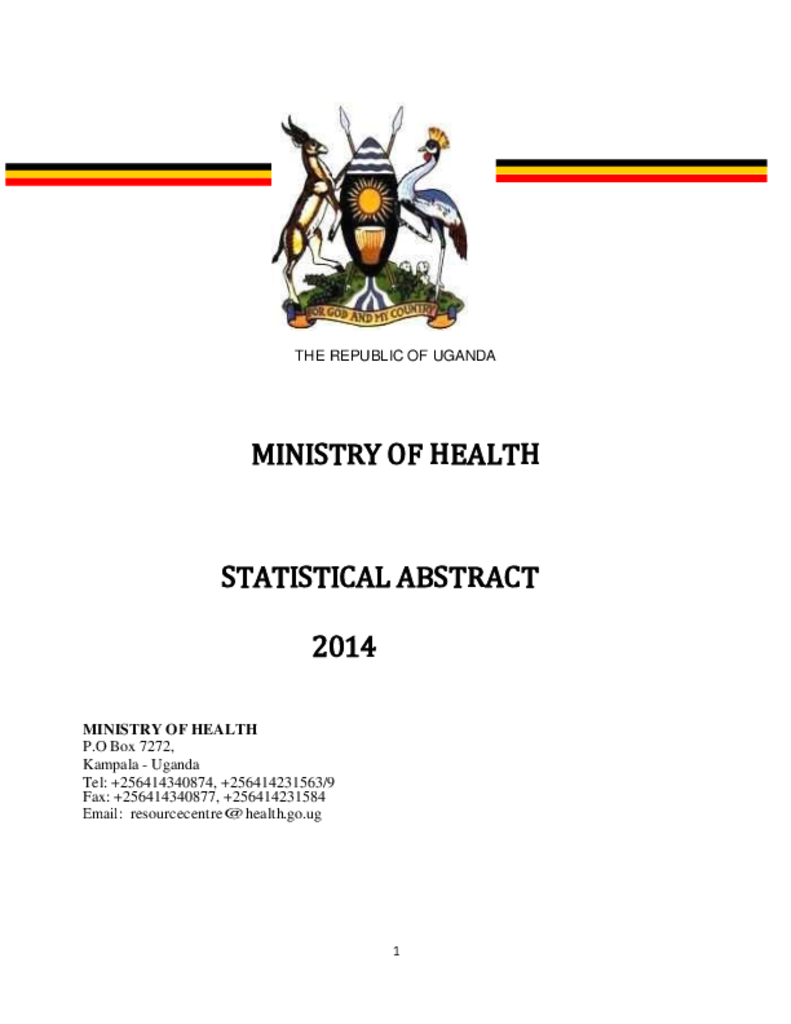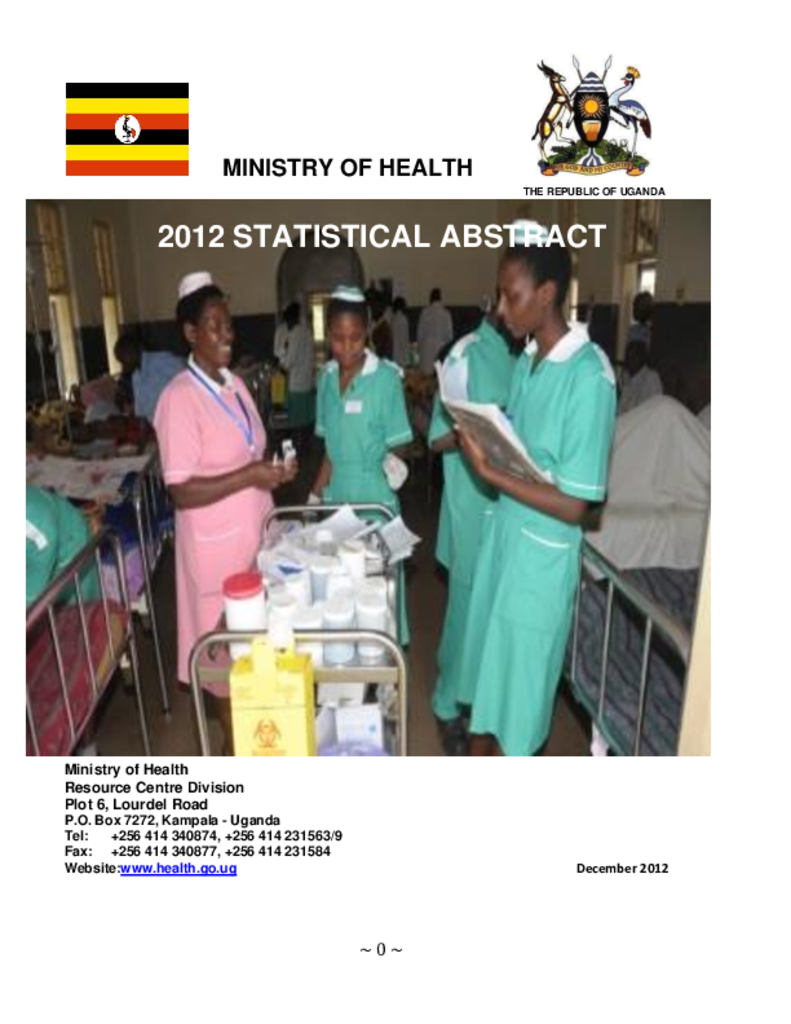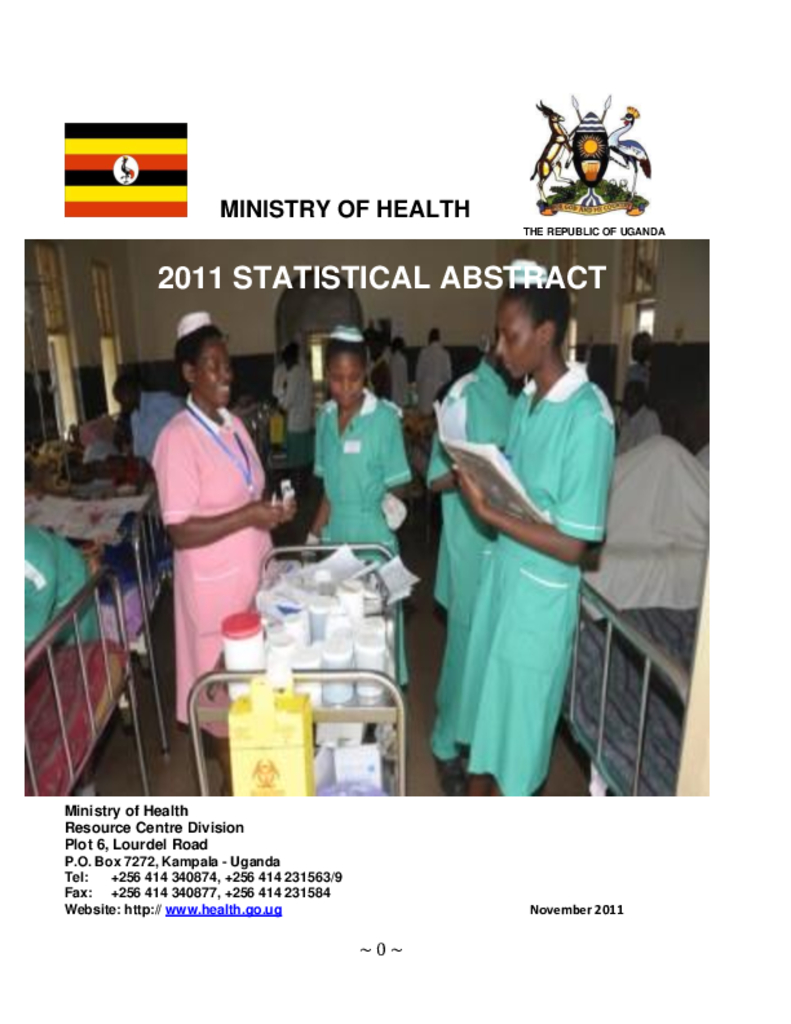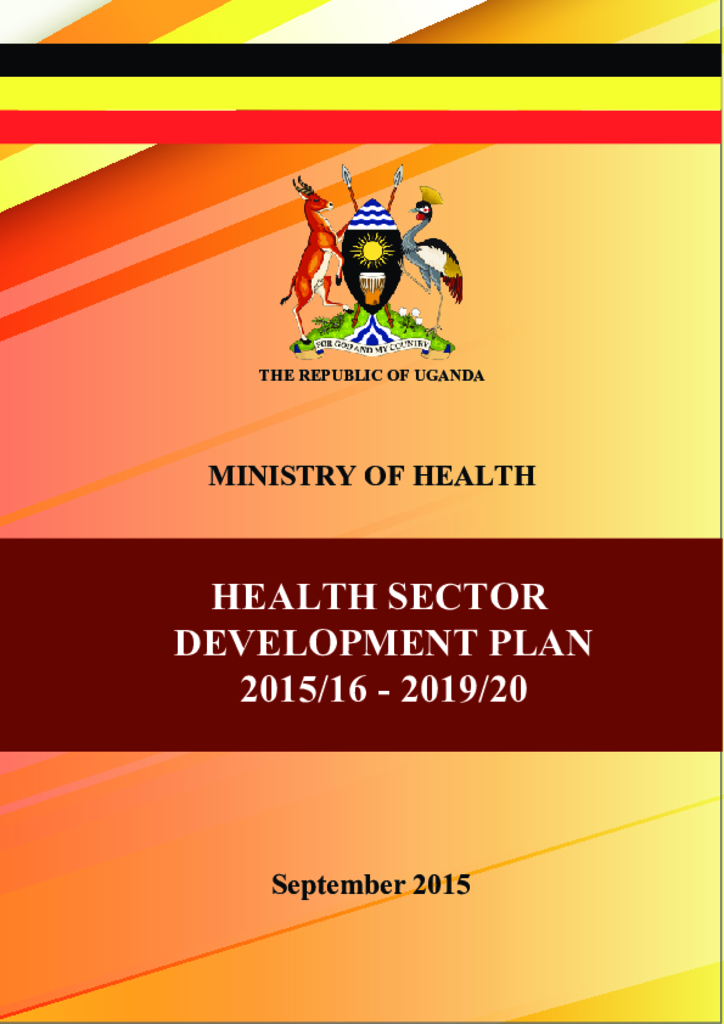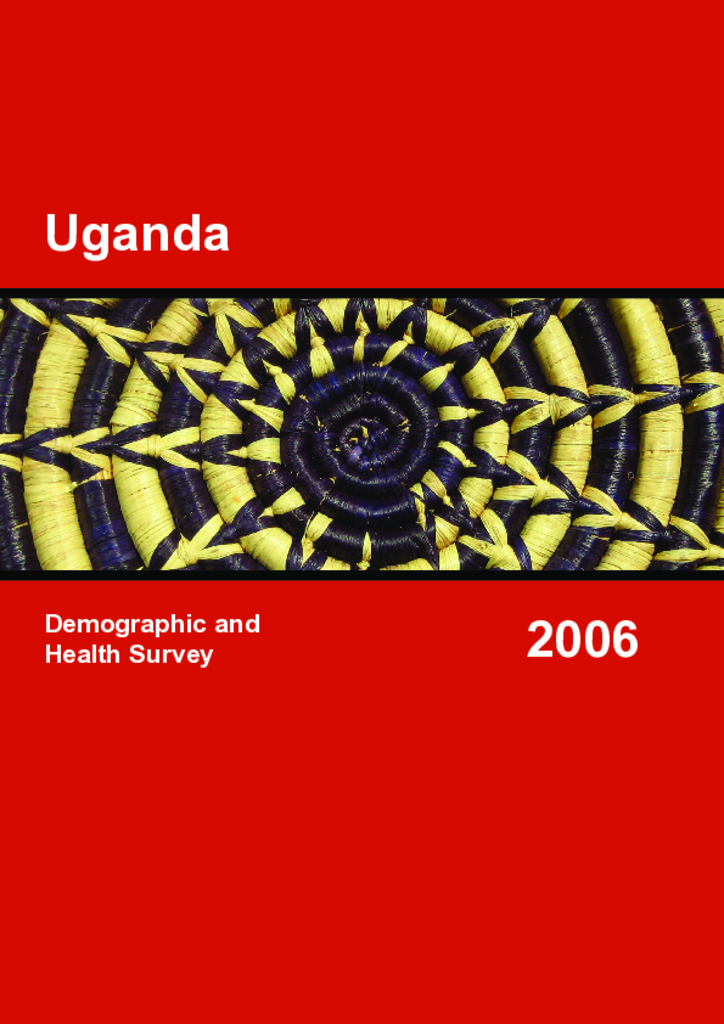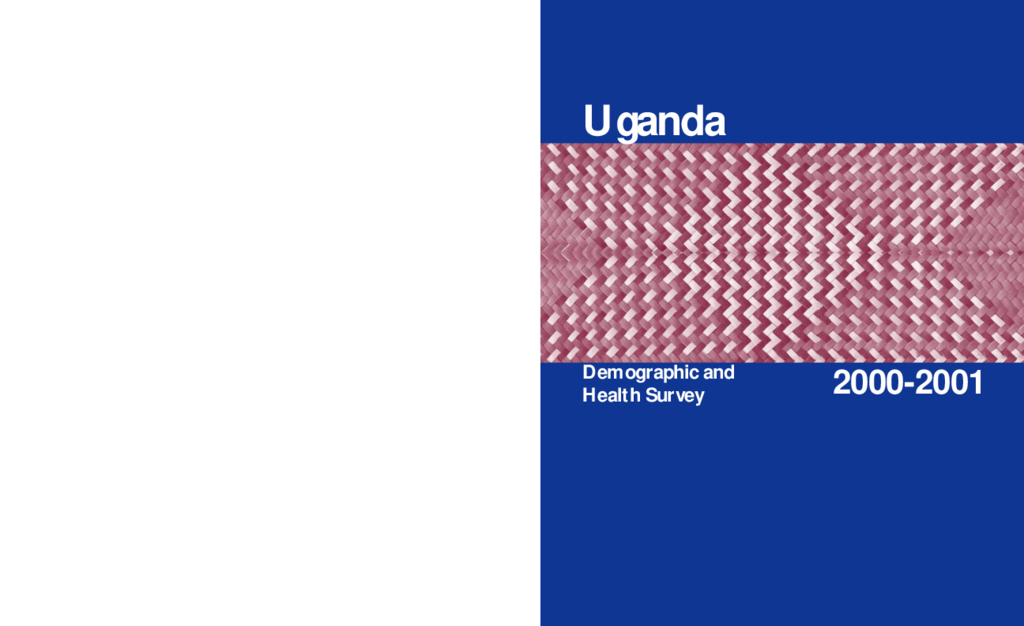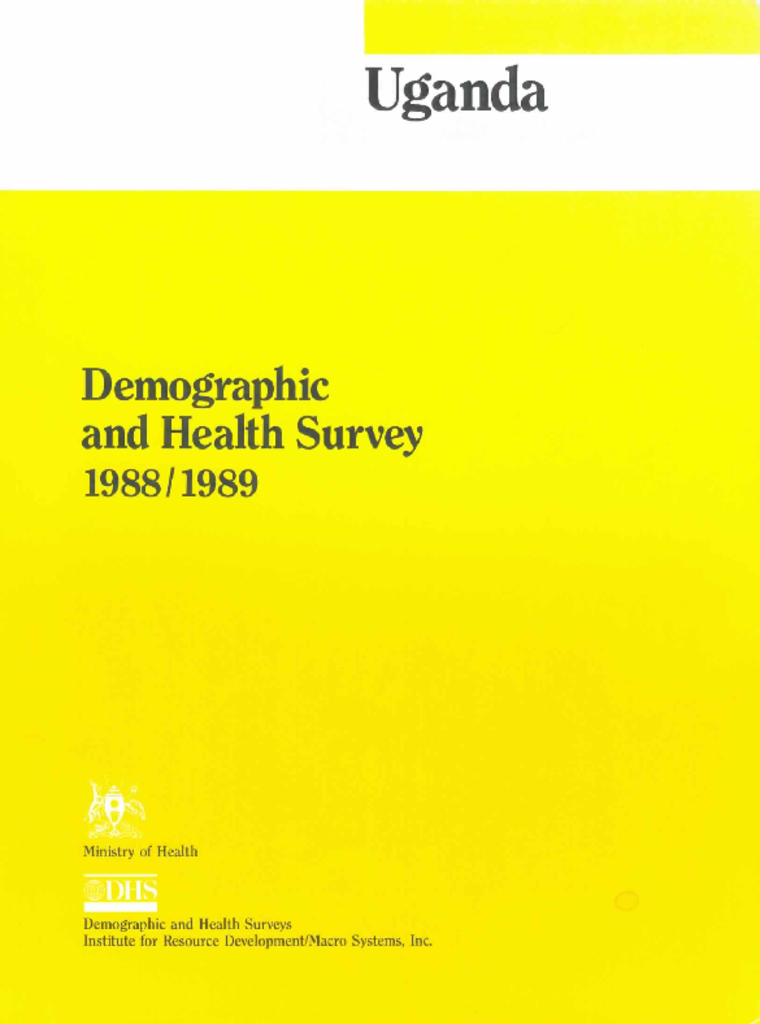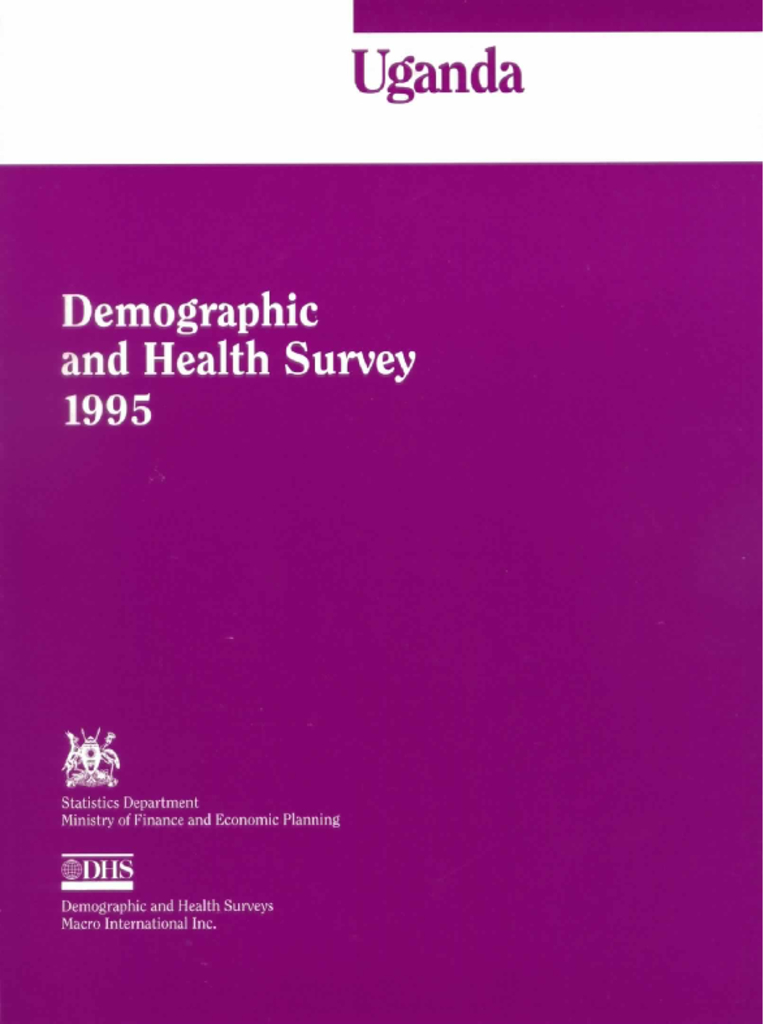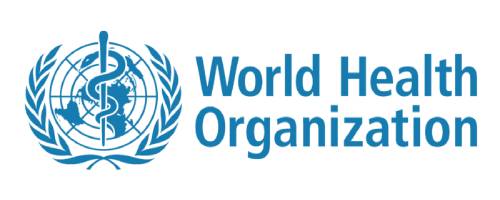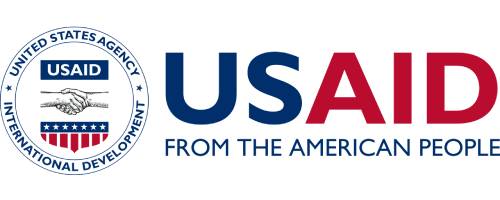The Ministry of Health hereby presents the Statistical Abstract for the financial year 2008/09. It is a comprehensive summary of statistics generated from routine health management information system and health surveys in the sector. It gives highlights on morbidity and mortality status, health infrastructure, drug logistics, human resource and financial summaries among others.
The Ministry of Health hereby presents the Statistical Abstract, 2002. The Health Management Information System (HMIS) and Morbidity and Mortality surveys by the Resource Center of the Ministry of Health and partner agencies yield a wide range of health and Health related statistics. These help to monitor the relationship between the inputs to health sector, and related outputs.
This Statistical Abstract is designed to serve as a convenient document for statistical reference in planning, monitoring and evaluation; and a guide to
other statistical publications.
The Ministry of Health Statistical Abstract of 2009/10 is the 2nd of its kind to be compiled in the Health Sector Stratigic Plan II. it is a comprehensive summary of statistics generated from the routine health management Information System and health Surveys in the sector.
Uganda covers 241,551 square kilometers of which 197,323 square kilometers are land area. The country is divided into 112 Districts all of which have a decentralized local governance system. Uganda has one of the highest growth rates in the world standing at a rate of 3.2% per annum and higher than the Sub-Saharan Africa average of 2.4%.
Despite a general increase in the resources allocated to the health sector from both Government of Uganda and donor projects over the last 5 years, the percentage of government allocation to health as a proportion of the total Government of Uganda budget has significantly declined from FY 2009/10
The Ministry of Health has been producing the Annual Statistical Abstract since 2009. With support from UBOS and other implementing partners, the Annual Statistical Abstract is produced to highlight progress in the health sector basing on selected health indicators depending on the availability of data majorly through the HMIS system but also through other databases.
The 2011 Ministry of Health Statistical Abstract is divided into three chapters as explained below; Chapter one is an introduction that covers a brief description about the Ministry of Health, its vision, goal and objectives.
Chapter two covers the Resource Statistics. These include the Health Inputs such as the finances allocated to the health sector, the human resource component in the health sector, distribution of health facilities as well as availability of beds in the different health facilities.
The second National Development Plan 2015/16 – 2019/20 was launched and sets Uganda’s medium term strategic direction, development priorities and implementation strategies. The NDP’s theme is "Strengthening Uganda’s Competitiveness for Sustainable Wealth Creation, Employment and Inclusive Growth" and the thrust is to accelerate transformation of Ugandan society from a peasant to modern and prosperous country within 30 years.
The 2006 UDHS was the fourth in the series that started in 1988. The primary objective of this survey was to provide up-to-date information for policy makers, planners, researchers and program managers, to use in the planning, implementation, monitoring and evaluation of population and health programs in the country. Unlike the previous three surveys which did not cover the whole country because of insecurity in some areas, the UDHS 2006 covered all districts of the country. In addition, the content of the survey was expanded to include questions on disability and gender-related violence.
The 2000-2001 Uganda Demographic and Health Survey (UDHS) was the third national Demographic and Health Survey in a series that started in 1988, with the second conducted in 1995. The major objective of these surveys was to collect and analyse data on fertility, mortality, family planning, and health.
Compared with the 1988-1989 UDHS and the 1995 UDHS, the present survey was significantly expanded in scope to include questions on gender issues, a malaria module, and blood testing for haemoglobin and vitamin A deficiency. Thus, the 2000-2001 UDHS will not only update the information from the 1995 UDHS but will also provide more detailed findings
The Uganda Demographic and Health Survey (UDHS) was conducted at a time when Uganda needed baseline information for planning and implementing national and regional programmes.
The survey was conducted as part of the worldwide Demographic and Health Surveys (DHS) programme in which surveys are being carried out in countries in Africa, Asia, Latin America and the Near East. The UDHS used an ample survey designed to collect information on fertility, family planning, and mammal and child health.
This report summarises the findings of the 1995 Uganda Demographic and Health Survey (UDHS) conducted by the Statistics Department in the Ministry of Finance and Economic Planning. Macro International Inc. provided technical assistance. Funding was provided by the U.S. Agency for International Development (USAID) and the Government of Uganda.
The 2006 Uganda Demographic and Health Survey (UDHS) was designed to provide information on demographic, health, and family planning status and trends in the country. Specifi cally, the UDHS collected information on fertility and fertility preferences, marriage, sexual activity, awareness and use of family planning methods, and breastfeeding practices.
In addition, data were collected on the nutritional status of mothers and young children; infant, child, adult, and maternal mortality; maternal and child health; knowledge and behaviour regarding HIV/AIDS and other sexually transmitted infections; levels of anaemia and vitamin A defi ciency; and gender-based violence.
